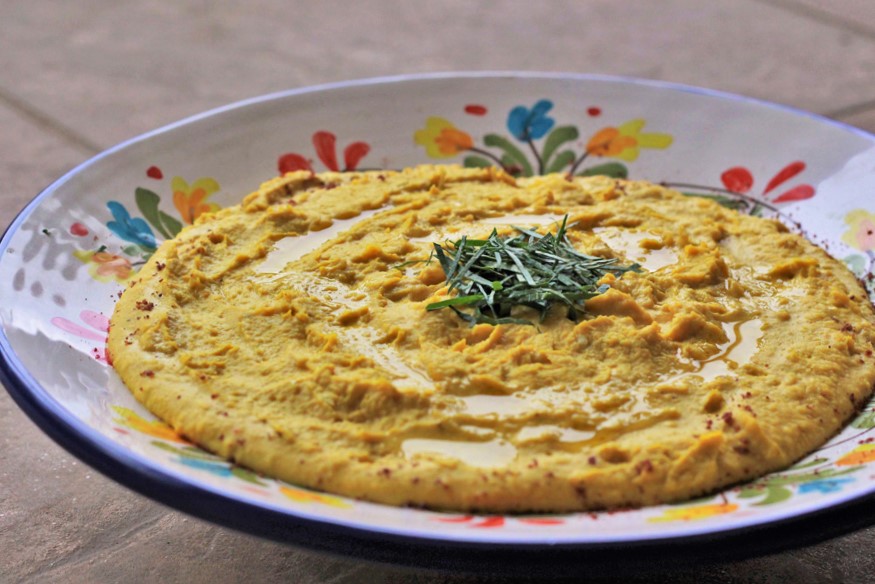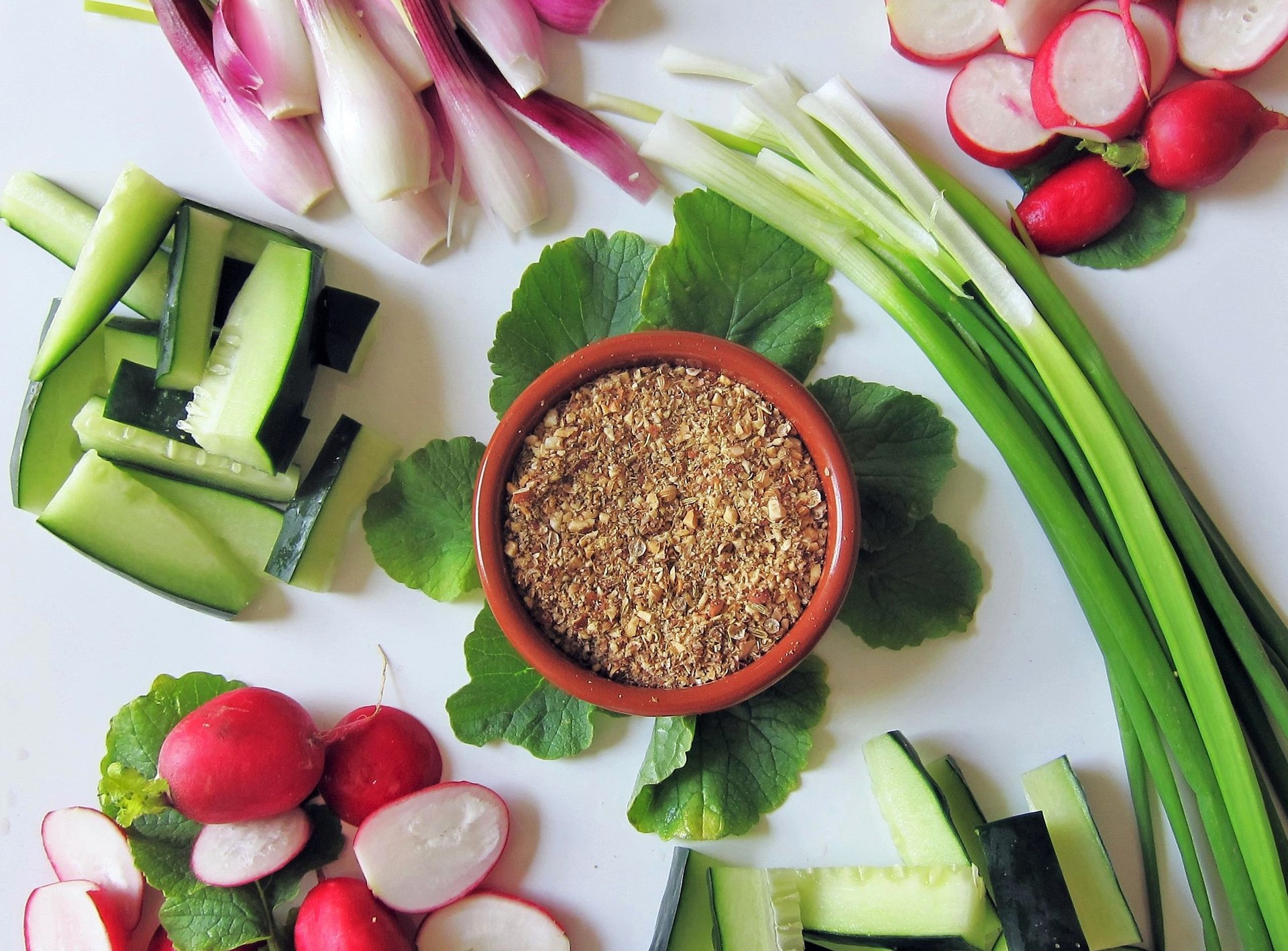Serves 6 as a complete meal with the pasta option A delicious mix of tangy, spicy and savory ingredients makes Puttanesca sauce (sugo alla puttanesca) a meal-time habit that can be made from your pantry. This popular Italian sauce commonly pairs with pasta but...
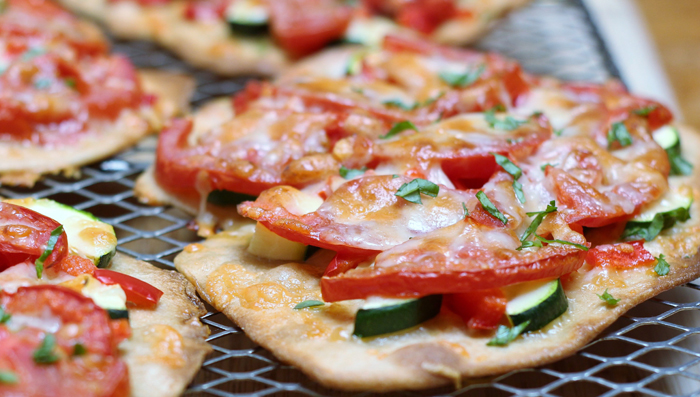
Fast Flatbread 3 Ways–Watch out Pizza
Fast Flatbread 3 Ways–Watch out Pizza
Fast Flatbread 3 Ways
(makes 6 one-person servings)
Flatbread, is quicker to make than its cousin–pizza. It doesn’t require careful measuring, sifted flour or yeast and doesn’t make you wait. It’s five minutes from your pantry to a lump of dough ready to be pressed flat.
Fast flatbread works as an “in-a-pinch” pizza or as an appetizer cut into wedges for hummus. Roll it extra thin, and you get a cracker texture when cooked to be crisp.
This recipe suggests using whole wheat flour to boost flavor and add additional nutrient-rich elements. It’s a forgiving recipe, so substitute in additional whole wheat flour for all-purpose flour or vice versa if you prefer less whole-wheat.
Fast Flatbread dough ingredients
1 cup all-purpose flour
½ cup whole wheat flour (or use all-purpose flour if whole wheat isn’t available)
½ teaspoon salt (can use less if the whole wheat taste is not too strong)*
¾ cup water
*Whole wheat flour can have bitter notes for some people
Dough Steps:
- Stir the flours and salt together in a medium-sized mixing bowl. Add the water and stir with a large spoon into a lumpy ball shape. If the dough looks dry, add more water or if too sticky, sprinkle with some flour.
- Place the dough on a lightly floured countertop. Knead a few times to make the dough more uniform and smooth. Form the dough into a hot-dog bun shape. With a knife, divide into 6 equal circle-shaped slices.
- Lightly flour each slice before flattening them into about 8-inch rounds with a rolling pin. Check periodically that they aren’t sticking to the counter. Roll them until quite thin, about 1/8 inch.
Flatbread Preparation Options:
Pizza Stone: Heat oven to 500˚F with pizza stone for at least 30 minutes on the middle rack. Cut some parchment paper to fit on the pizza stone and place on a pizza peel or a rimless baking sheet. Move some of the flatbread to the parchment paper, add toppings and slide onto the hot pizza stone along with the parchment paper. Cook for 6-8 minutes or until done edges are crisp and the center feels firm.
Oven: Heat the oven to 500˚F. Line a baking sheet with aluminum foil or parchment paper. After the flatbreads are rolled out, place them on the baking sheet and add toppings. Cook in the oven on the middle rack 10-12 minutes or until done edges are crisp and the center feels firm.
Pan-fried on Cooktop: Over medium-heat, briefly warm a skillet. Add 2 teaspoons of high-heat cooking oil such as refined organic canola oil or vegetable oil. Once oil is hot, place a flatbread in the skillet. Cook until it begins to look light brown around the edges and underneath—about 1 minute. Using tongs, flip and cook another 1 minute or until cooked. Remove and place on a plate lined with a paper towel and cover with another paper towel. Repeat with remaining flatbreads.
Simple Topping Suggestions
3 plum tomatoes, cut into ¼ inch half-moon shapes
1 large red or orange pepper, chopped or julienne style
1 medium Italian (green) or yellow zucchini, chopped or cut into half-moon shapes or quarters
6 ounces low-fat or skim-milk mozzarella cheese (about 1 ½ cup shredded)
Optional vegetables: Spinach, corn, broccoli, green peppers, red onions, olives, chilies, sun-dried tomatoes
Optional herbs or spices: fresh thyme or basil, chilie flakes, dried oregano
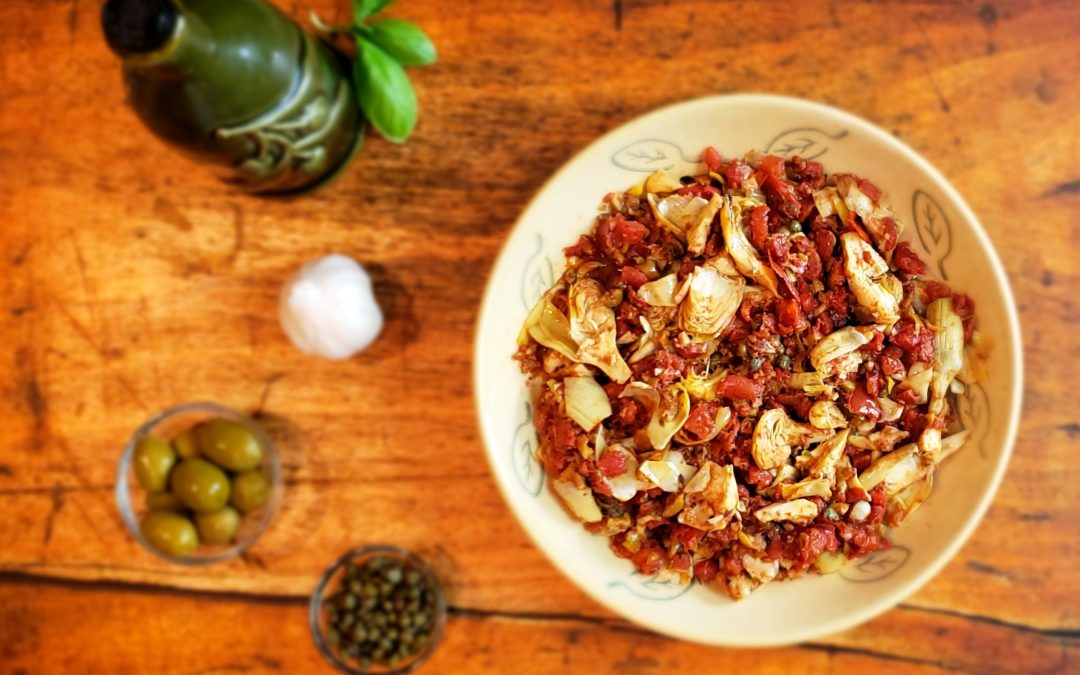
Artichoke Puttanesca–Forget its Saucy Reputation

The Sweet and Meaty Taste Science of Grilled Vegetables
“Let’s grill tonight” translates to “let’s eat meat tonight” in many backyard BBQs. It’s not surprising since grilled meat products create hundreds of complex aroma and flavor compounds. Grilled vegetables create less of these craveable compounds but develop delicious...

Chipotle and Black Bean Tempeh Chili
Making chili should be an easy, homemade treat, but chili competitions and throwdowns can make it feel like it should be Instagram-ble or complex. Typically meat is central to chili, yet this tempeh chili is a contest contender for a comforting, satisfying homecooked...

Michele Redmond
French-trained Chef, Registered Dietitian Nutritionist & Food Enjoyment Activist
It's about Making Food First
Get Eat Well Academy periodic updates on easy ways to choose and cook foods that satisfy your appetite, nurture your body and make eating well a pleasure.

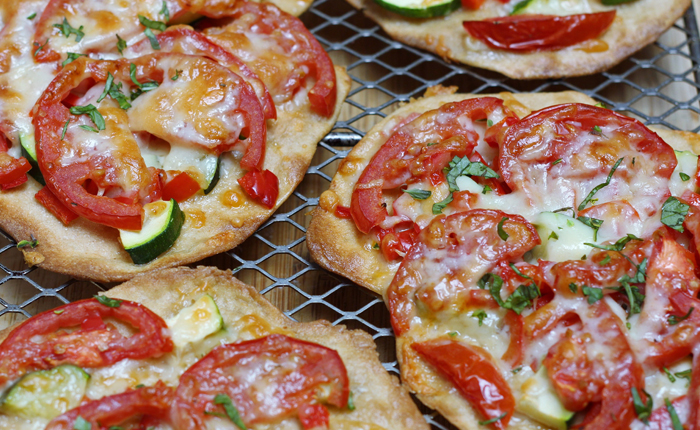

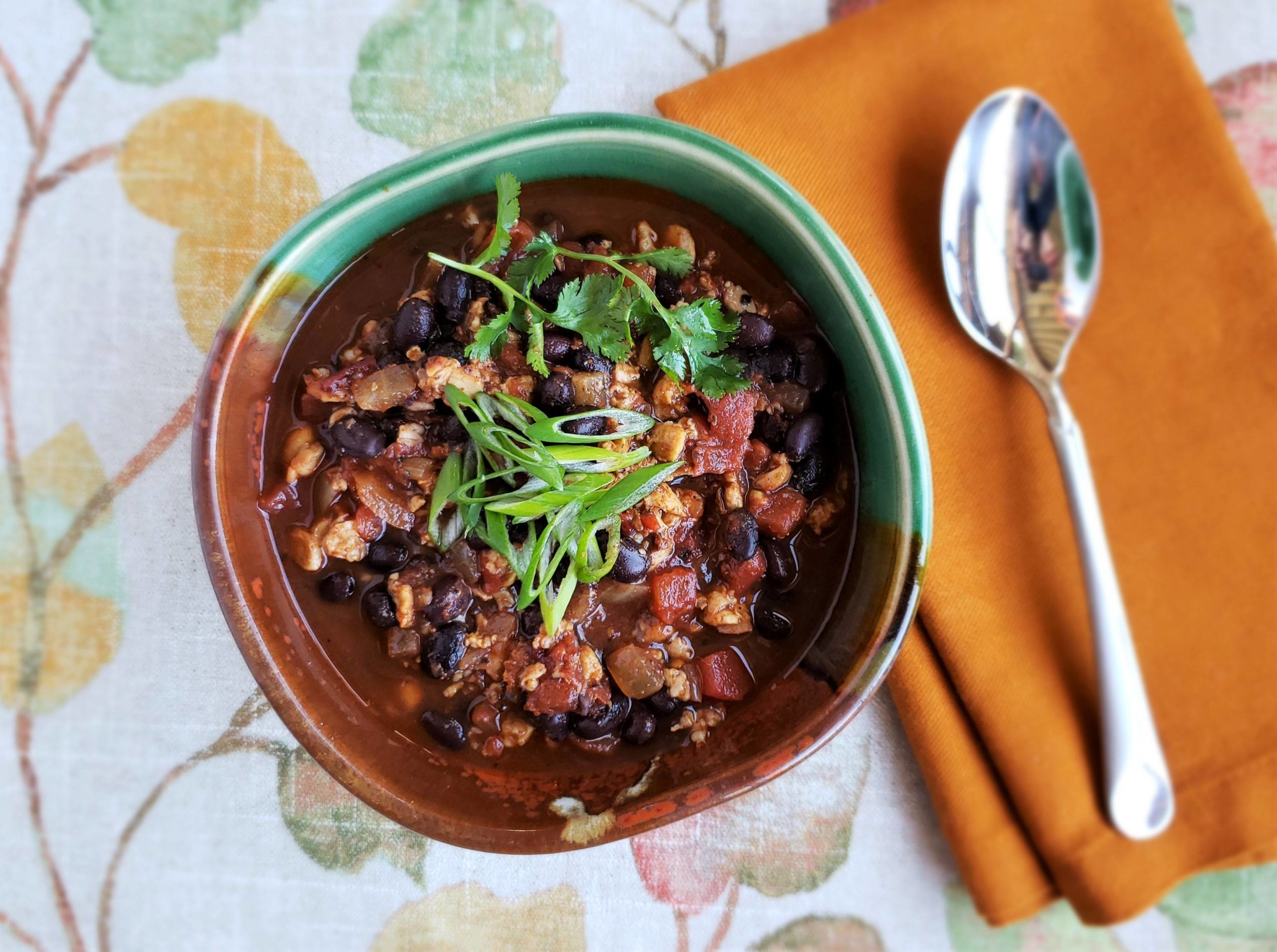
 The pleasure of food, good health and well-being through simple habits for eating well and flexitarian low-key cooking.
The pleasure of food, good health and well-being through simple habits for eating well and flexitarian low-key cooking. 